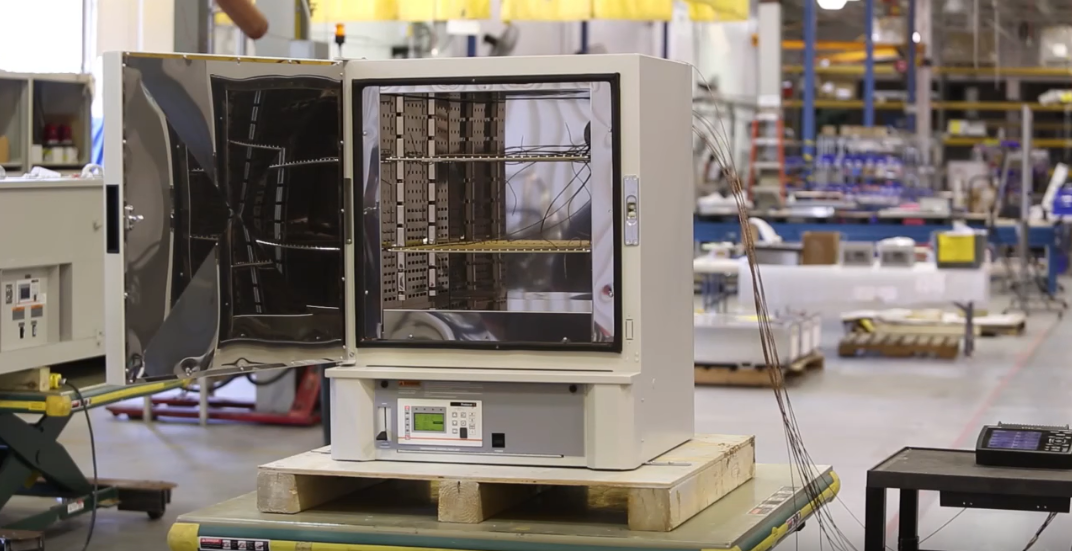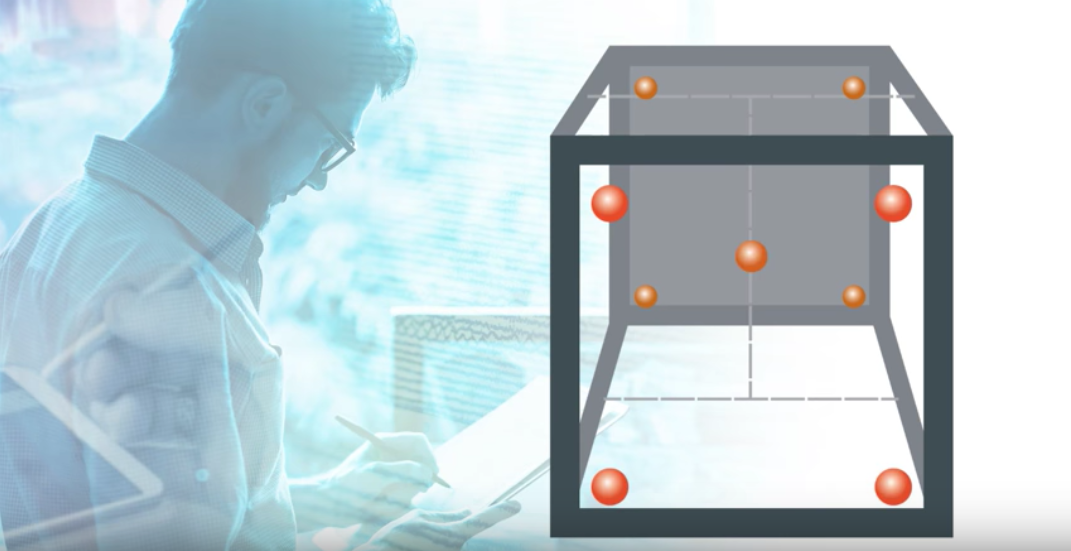When it comes to selecting or maintaining an industrial oven, its ability to sustain a stable temperature is key. For industrial ovens, temperature uniformity is defined as the consistency of heating throughout the oven’s chamber. While some oven-dried products can survive temperature fluctuations, to ensure quality treatment, many products demand a consistent heat profile.
Reducing temperature deviations means a better quality heat treatment, but achieving temperature uniformity is not always straightforward. At low heats, around 66°C (150°F), selecting proper insulating materials is a reliable method for controlling temperature loss in ovens.
However, in the case of high-temperature industrial ovens, maintaining uniform heat inside the oven chamber is more complex.
Advantages of Temperature Uniformity in Ovens
Maintaining uniformity in an industrial oven means that every product within the oven is subject to the same heating profile over time. Here are three reasons heating uniformity is essential.
Consistent Quality Across Products
During heat treatment, a steady temperature ensures each product that comes out of an oven will be of similar quality. If the temperature inside the oven fluctuates, products receive different heat treatments, which results in quality variances. In other words, during the heating process, temperature uniformity in industrial ovens is essential to achieving reliable production results.
Less Risk of Rework
When an industrial oven has cool areas and hot areas, the products inside the oven don’t experience consistent heat treatment. This situation may cause a portion of the products to fail quality control testing. Products that are treated at temperatures either too hot or too cold may need to be reworked to meet requirements. The tighter the temperature uniformity, the more reliable the heat treatment will be—creating less chance of rework.
Energy Efficiency and Cost Savings
Industrial ovens work to maintain their set temperature during heat treatment and will compensate for any heat losses by drawing additional energy. However, when temperature uniformity is maintained, an oven can operate efficiently and save on energy costs.
Ways to Manage Temperature Uniformity
Simple insulating materials may work for low-temperature ovens. However, industrial ovens run at incredibly high temperatures (up to 538°C or 1,000°F), meaning they need additional heat-loss strategies to maintain uniformity.
Controlled Air Flow
The volume of air and the direction of airflow inside an oven significantly affect its temperature uniformity. A high volume of air is desirable, as the higher the volume, the better the heat consistency. Ideally, airflow inside an oven reaches all parts of the oven equally. This airflow can be either horizontal or vertical but must be consistent to sustain a stable temperature.
Minimized Wall Losses
An oven’s insulation varies in thickness according to the oven’s temperature and uniformity requirements. Also, using special panels and unitized construction reduces an oven’s through-metal heat loss, contributing to greater heat uniformity.
Planned Air Distribution
Properly placed openings help maintain positive air pressure inside an oven, reducing the risk of cool air seeping through the door seals. Before entering the work chamber, fresh, cool air should pass through heating elements and mix with warmer, recirculated air. This mixing prevents layers of different temperatures inside an oven.+
Testing an Industrial Oven for Temperature Uniformity

Knowing the importance of consistent heating raises the question of how manufacturers check industrial ovens for temperature uniformity. One way is to use a nine-point survey. The survey uses thermocouples, which are specialized, highly sensitive temperature sensors commonly used in industrial applications. A thermocouple is placed in each of the eight corners of an oven chamber, with an additional sensor in the center. The oven is heated, and after it has reached its set point, the temperature difference is compared across all nine sensors.
Tests like these are carried out at the Despatch Innovation Center to assure the quality of Despatch ovens and furnaces. Request a free training video to discover more about validating the temperature uniformity of your industrial oven.






